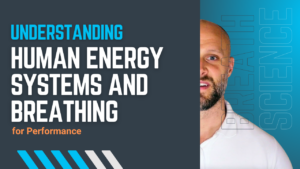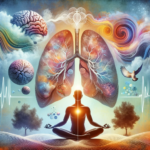Summary of Dr. Jack Feldman: Breathing for Mental & Physical Health & Performance | Huberman Lab Podcast

As a passionate breathing scientist, I was excited to hear Dr Jack Feldman chat with Andrew Huberman on his latest Huberman Lab Podcast #54. (at the bottom of the page)
It was a two-hour discussion in which I felt Jack held true to the science and stayed integral to his area of expertise, so when Huberman asked some questions beyond his scope, Jack would often reply with someone to speak with, or simply that’s beyond my practice. A true scientist.
That being said, there was plenty to take away, and I thought I would share a summary of some of the points I found interesting, as well as add some of my own commentaries. Thanks for reading.
Why we breathe
The reason we breathe air is that ventilation aids in bringing in fresh oxygen required to produce energy and remove CO2 from our blood of pH balance. The brainstem has specialised neurons sending signals to skeletal muscles, such as the diaphragm. The diaphragm is the only organ that only and all mammals have and without which no mammals can live. The human is the only mammal that keeps the diaphragm parallel to the ground, even during locomotion. This signal causes the diaphragm to contact and flatten, creating more volume in the lungs and intrathoracic pressure drops; therefore, air diffuses into the lungs.
I would add that there are probably many other reasons we breathe beyond the scope of Jack Feldman’s direct research and, therefore, not in the context of the conversation he was having with Huberman. For example, Andrew has shared MRI imagery that shows the pump-like effect breathing has on the brain, cerebral spinal fluid, which carries many proteins that help keep the brain healthy. During sleep, the CBF enters the brain through the lymphatic system, clearing adenosine – when this process does not happen, it is associated with plaques that cause Alzheimer’s. So there’s a mechanical purpose breathing as well respiration.
Neural control of breathing
The region in the brainstem that controls inspiration is called the Pre Botszinger Complex (PBC), which has 1000’s neurons that connect to the diaphragm and intercostal muscles. Our resting breathing rhythm is controlled by activation and deactivation. It does not matter if we are breathing nasally or through the mouth.
A second oscillator is involved in active expiration as such during exercise; this group of cells is in the ventral part of the brainstem, called the Parafacial nucleus and is also connected to shaping the control of facial muscles.
The diaphragm has evolved to become so efficient
Comprised of more than 80% type 1 muscle fibres, the diaphragm has evolved to be oxygen efficient and sustain endurance. It is also required to move a few mm to induce a breath at rest, which opens the lung membrane to receiving air and alters the partial pressure of O2 in the lung from 40mmHg to 100mHg, which is enough to sustain metabolism.
The diaphragm and its ability to help humans take in so much oxygen have played a significant role in developing a large brain compared to many other species, which is incredible.
Diaphragmatic breathing
We always use the diaphragm; there’s no way we can increase ventilation without utilising the diaphragm.
I think the term is outdated, and we need to think of it as more efficient breathing. People who do not use their diaphragm for breathing are ventilation assisted individuals who are almost end of life or in a coma due to brainstem or spinal cord injury. The term itself is misleading. There is however, inefficient breathing patterns where the use of more accessory muscles makes the energy cost of breathing increase as well as creating a mechanical dysfunction. This sort of breathing can lead to increase stress, fatigue and poor focus – whilst we see it in lung healthy individual’s it’s more likely to occur in those with pathology such as COPD or institiual lung disease.
Physiological Sighs
Sighing happens more often than we would suspect, roughly around once every five minutes. It comes back to the lung anatomy; within the alveoli, a fluid called surfactant is lining the cell wall. This fluid is hydrophobic and creates a self-polarising outward tension that protects the alveoli from collapsing. However, because of the nature of the fluid that becomes cohesive when the molecule meets, it requires further force to reopen, and as a result, it presents a challenge if alveoli are to collapse. When they collapse, the surface area of the lungs decreases, and therefore a gas exchange is less. When you increase the lung volume, i.e., through a sigh, the alveoli pop open and maintain our lungs’ health.
The mechanism by which this happens was discovered serendipitously when researching around stress. There was a link between the hypothalamus releasing a peptide called Bombesin and that when people are stressed, they sigh more often. So, Jack’s team decided to put Bombesin into the pre botzinger complex of rats, and the sigh rate increased from 30 per hour to 500 per hour.
If sighing does not occur, lung function will decline and eventually, one will die due to a suppression of breathing, much like those who suffer an overdose.
Breathing brain states and emotions
Within mindfulness, breathing plays a critical role; this was discovered when Jack Feldman managed to teach rodents to meditate by getting them to breathe at a rate of 10bpm (considerably lower than usual for rodents) for 30 minutes per day for 4 weeks. When compared to control animals, they measured mice in a validated test that measures the condition of fear. When mice are given an electric shock eventually, they learn what the prod means and learn to freeze. The rodents who practice slow breathing froze in the face of fear much less than the control group. It is believed to be due to changes in the amygdala. This research is still yet to be published. I am waiting to see how they get rodents to breathe slowly – I would assume mechanically.
A population of cells from the locus coeruleus to the PBC sends signals during emotional states that shape breathing. Olfaction also plays a role, as a sign comes from air coming through the nose that sends signals all around the brain. So what we smell can change our emotional state. I have long practised this with my clients who struggle with sleep when they travel. For example, for people who fly for work often and sleep in hotels, I will tell them to take something from home with a homely scent and a reminder of their close family. This creates a home environment, familiarity and a feeling of safety, aiding a better nights sleep in a foreign room.
Another potential source is the vagus nerve and its afferent signals, which are received from the lung and gut to the brain stem. Receptors in the lung respond to expansion and relaxation in the lung, which sends signals via the vagus nerve to signal to the brain level of alertness. Vagus nerve stimulation can help with severe depression, which gives a good indication of a positive mechanism. However, firm literature is lacking.
CO2 can alter pH levels; anxious patients who hyperventilate have low blood CO2, and when they are trained to increase their CO2, they get relief from anxiety. A small change in CO2 can have a significant effect on your ventilation. So even if an individual does not show hypercapnia or hypocapnia as per medical criteria. The modifications created from anxiety, stress or even breath holds can potentially impact central chemosensitivity.
Breath holds
Episodic hypoxic, a drop in oxygen without increasing C02, can improve cognitive function. Huberman asks Jack if he believes this can be done using breath holds. Jack said whilst you may be able to drop oxygen, it is not to the extent that you can clinically during research and with typical breath-hold rising CO2, people struggle to reach low enough oxygen for long enough. Jack suggested this is done using 8% oxygen, which is considerably lower than anyone can get with a breath-hold and needs to be done for 2-3 minutes with rest. They are using these protocols to see if they can help people with spinal cord injuries.
However, we can suggest that short exhalation breath-hold during exercise can help the body adapt to more anaerobic environments, improving the buffering capacity of hydrogen ions and, therefore, increasing performance in sports that require repeated sprints.
If people do cyclic hyperventilation, they begin to feel comfortable at a higher level of arousal, and it seems that inhalation focus breathwork increase arousal and reaction states.
Nasal breathing
Jack is unaware of any research suggesting that nasal breathing is better than oral breathing, other than the hippocampus is more active in nasal breathing than mouth breathing. There’s a significant pathway from the olfactory system into the brain; when you breathe through the mouth, it skips that, and therefore you might not have the same effect on the forebrain.
I would suggest this is due to Jack’s focus on the effects that breathing has on the brain and his interest in neurophysiology. He was often sincere that it was not in his area and referred to Huberman to speak to others. This is him sticking true to the science he knows and therefore not being speculative about things.
If you’re more interested in reading on nasal vs oral breathing, especially in the context of health in athletes, you can look at a recent article I wrote on that during exercise here.
Breathing coordinates almost everything
Respiratory Sinus Arrhythmia is the change in heart rate across breathing. The concepts we now call heart rate variability have become a significant clinical indicator of cardiac health and stress modulation in some cases. Pupils also oscillate with the respiratory cycle, with the pupils narrowing on inhalation and widening on exhalation. When exposed to threatening images, the fear response changes with breathing. The measure of response to fearfulness alters between inspiration and expiration. All of which is somewhat crazy when you think about it.
Summary
Overall, I enjoyed this episode, though not my favourite of the HLP despite having a passion for breathing. A few take away more related to names of the site in the brain responsible for breathing, but nothing particularly new for me. Jack is clearly respected by Andrew, and that’s no surprise given the volume of literature he has contributed to multiple fields. I shall be keeping an eye on the research that comes out of the Feldman lab’s though because some exciting data are revealed. Hopefully, that’ll continue to spur further research into an underappreciated area.
Free breath mastery training
If you are interested in developing mastery over your breathing to help reclaim your energy and focus for higher performance, check out a free 15-minute online training session. You will learn three things you’re doing right now impacting productivity, one thing you can do immediately to boost energy and five action steps to take for a higher performance level by clicking here.
Thank you




